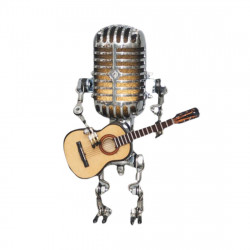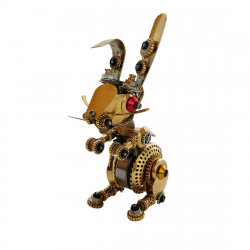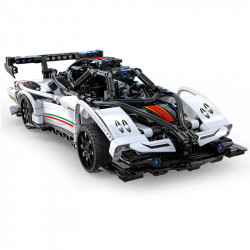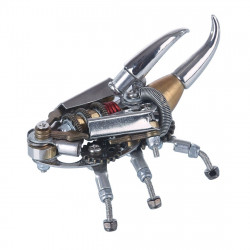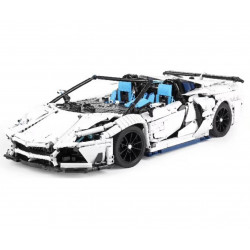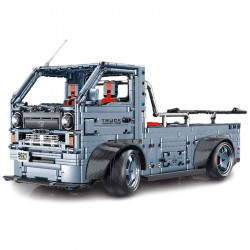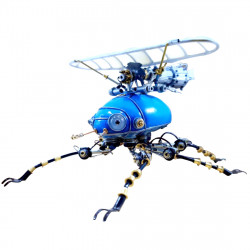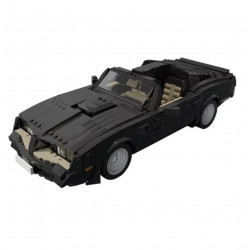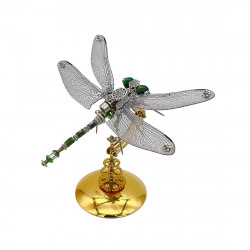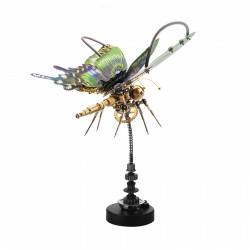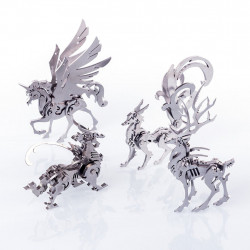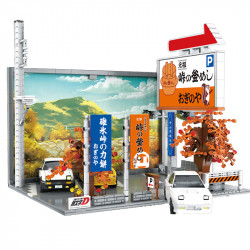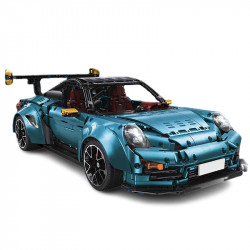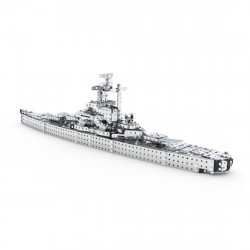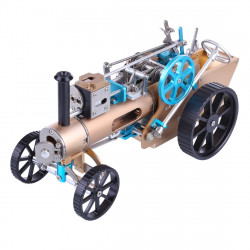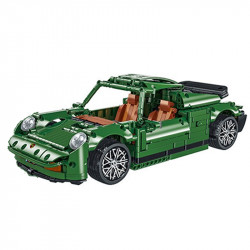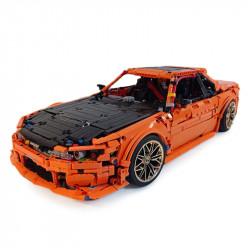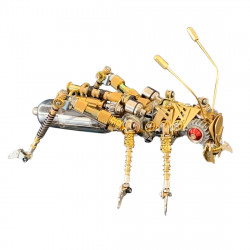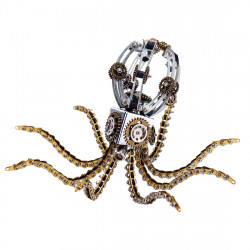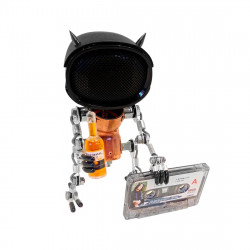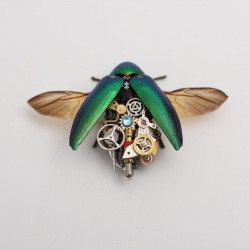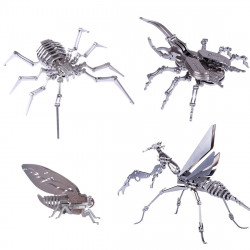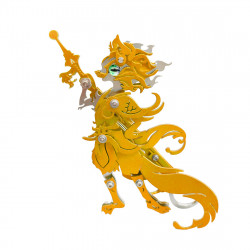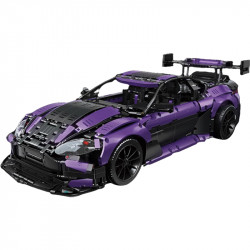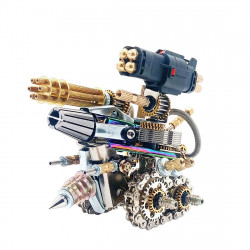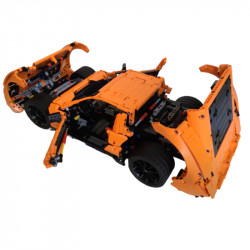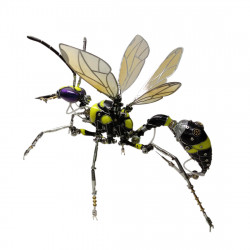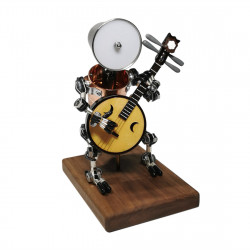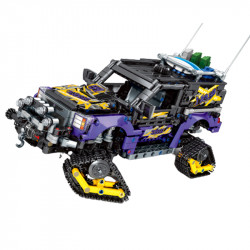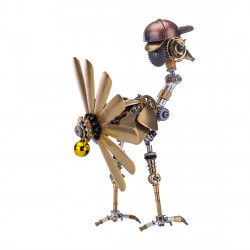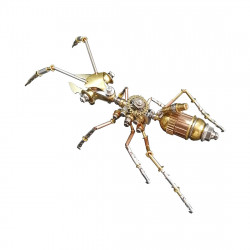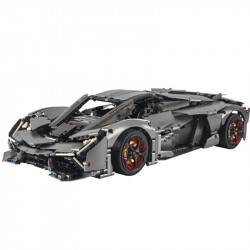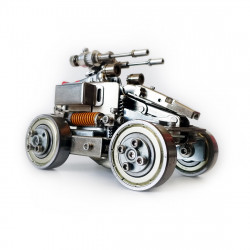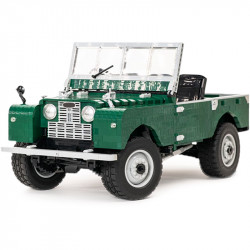Build: Droid Depot L3-37

Build: Droid Depot L3-37
I should follow up the K-2SO construction with my other favorite Star Wars droid, Elthree, even though I didn't plan this. Although I am aware that many people like to criticize Solo, the film was enjoyable, and L3-37 was undoubtedly a significant reason. She has a great and entertaining personality. Of course, there is a lot of Chewbacca in the film. But I'm getting off-topic; this post is about creating this fantastic model, which is only available at the new Galaxy's Edge exhibits at Disney Parks (or, like me, on eBay).
Since it's the most detailed, Metal3dpuzzles' L3-37 may be their most intricate droid model to date. Nearly every part of the model is unbalanced, and there are "loose" wires everywhere. Additionally, this model has many components that use what I like to refer to as "segmented coils." Although these coils are tricky to construct, especially if you are a perfectionist, they look fantastic.
Unfortunately, there are also a few places where the instructions are a little off. Fascinations perform their directions far better than the rivals. However, like everyone else, they still make blunders. Ironically, the first error appears on the instructions' first row. The instruction that you should fold the tabs out flat is the specific problem. Don't do that. The next row illustrates and explains that you should fold the slots on the cylinder below flat before inserting the tabs directly through the folded slots.
The second error is more of an omission than a mistake. Attaching part #19 is shown twice on page 3, followed by the minor assembly created in the final row of page 1. It doesn't inform you that unless you align the wires at the bottom of component #19 inside the small circle of metal on top of the assembly before attaching it, you'll have a tough time getting that minor assembly on straight. It was difficult for me to execute it on my first upper-arm segment. It was easy, and I completed it on the second.
Oh, and Elthree's left arm has those awesome-looking yellow wires? Attaching those is a pain in the ass. They finish up at an entirely different angle than the tabs they are meant to slide over when you draw the slot end up to the upper arm! When you eventually get them attached, be ready to scold them mercilessly and then go back and straighten out the lowest attachment point. As an aside, wires never actually hang flat and straight, so I made an effort to give each wire strip I came across during this build its unique twists and bends!
Forming section #34, in particular, the row at the bottom of page 4, is the next challenging area. A straight strip that has been curved is folded down in part #34, which is part of the hips, and the tabs are inserted into slots along the border of the surface you are folding toward. This kind of step is usually straightforward, but in this instance, the tab is directly adjacent to a protrusion that must be placed on the outside of the edge, even though there is a slot on the inside of the edge. Furthermore, it lacks the necessary clearance. It must, therefore, be manhandled, although brutally, into position. Since I don't have a white Sharpie, I scraped my model in an attempt to get it together. After that, a few cylinders are attached to the rear, where the protrusion is, although it doesn't really want to continue straight. It resulted in an additional scratch. Well, anything. Damage from Battle!
You'll encounter what may be the most annoying aspect of the build a little later, at the bottom of page 5. Remarkably, it's not the area where the upper and lower torsos are attached. You discover that the tabs pass through all of those hanging wires and cables beneath the arm, and you must now find a method to fasten those tabs without causing any harm to the arms. It's not that, sorry. You put it in the front of the chest, that damned little plate of metal. This part is attached by pushing the tabs from the inside through the slots to the outside. Both on the sides and at the top of the section. It is simple in most situations. However, since the lower portion of the torso has just been joined, the side panels are now immobile, making it simple to insert the front part and fold them back over the tabs.
No, all you need to do is figure out how to make the tabs fold out through the slots and insert a tab into the top slot. It isn't enjoyable—an actual ache. In the end, I folded the sides of that section in, inserted the top tab into its slot, and then gave it a little twist to secure it. I then "unfolded" the side flap into position so that I could fold the tab over after fumbling, bending, urging, and persuading one of the side tabs to line up with its slot. As I attempted to do the same on the opposite side, the actual creatively uncolorful profanity appeared, even though the two tabs that were now in place were applying pressure to make alignment much more challenging. When that miracle finally materialized, I went back to the top tab and folded it flat after untangling it.
After all of that, the legs were easy! Although there were many small, intricate details, they all worked together. I decided to use my imagination and connect or arrange a few of the wires in a different way than what was called for in the instructions. Aligning the two sections of each leg to one another at the end was the only somewhat tricky aspect. It was straightforward to align the feet with the base, albeit I wish the left leg had a few more tabs or slots.
To make it look like they were heading somewhere instead of just stopping in the open, I adjusted all the wires and segmented cables. That was a personal decision, but even if it makes some of the pieces a little closely bound, I enjoy it. My biggest disappointment with this design was that Elthree had a slight lean during the photo session because I didn't secure her to the base. Since then, I have superglued the tabs underneath the base in the hopes that it would be sufficient to keep her upright.
Lastly, I did record the entire build, which took place throughout three build sessions and a little more than 4.5 hours. This time, I've only posted a single, uninterrupted video for every build session on YouTube. Although I haven't done so yet, I will update the video descriptions with links to the timestamps for each "row" of the instructions. Just be aware that the first video covers the first three rows of page 3 and the entirety of page 2. The remainder of page 3, as well as all of pages 4 and 5, are covered in the second video. Pages 6–8 are covered in the final film.

